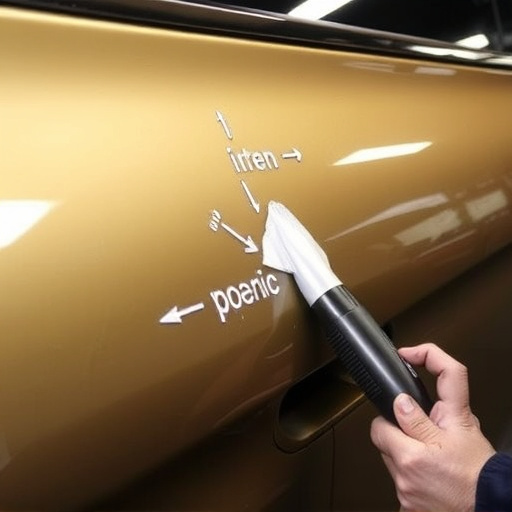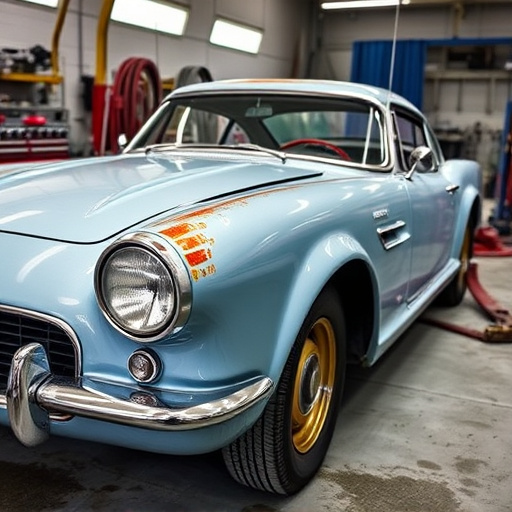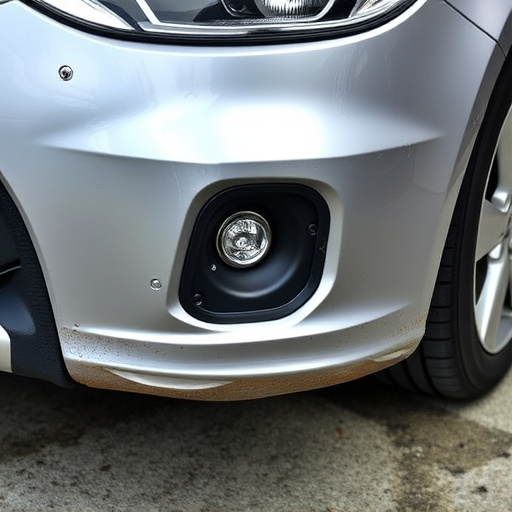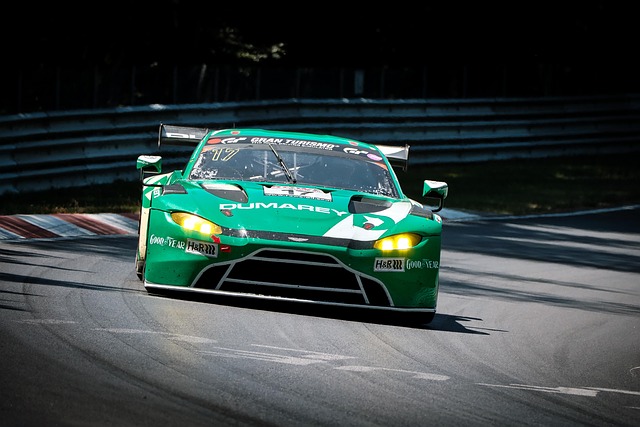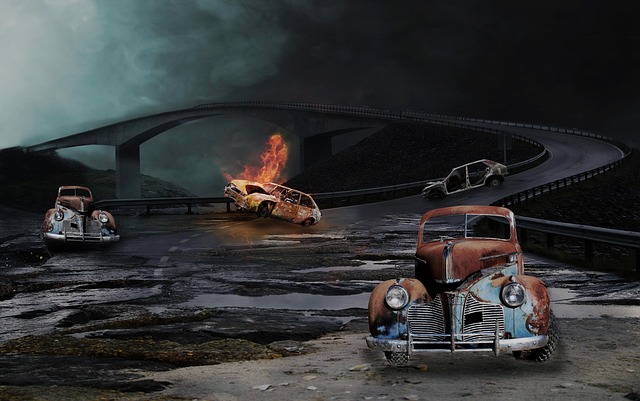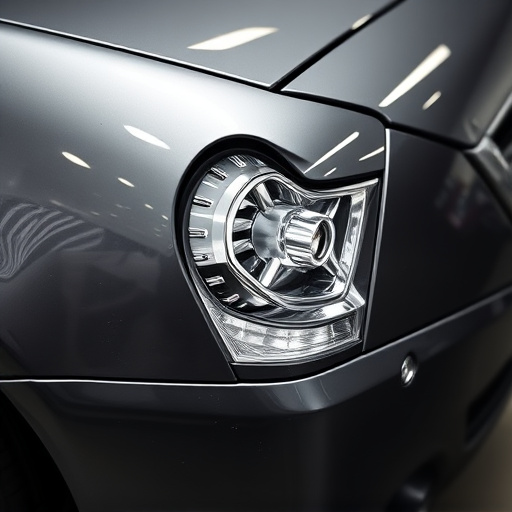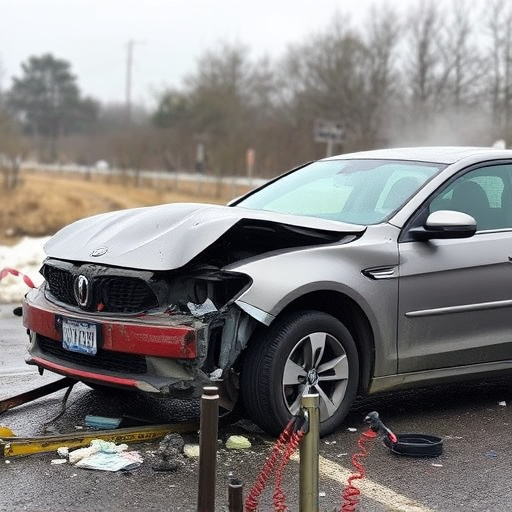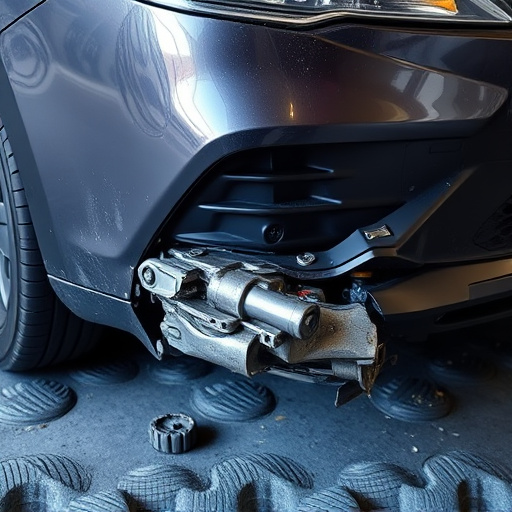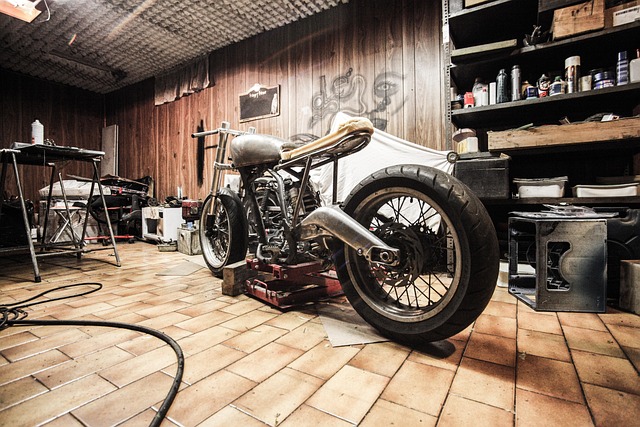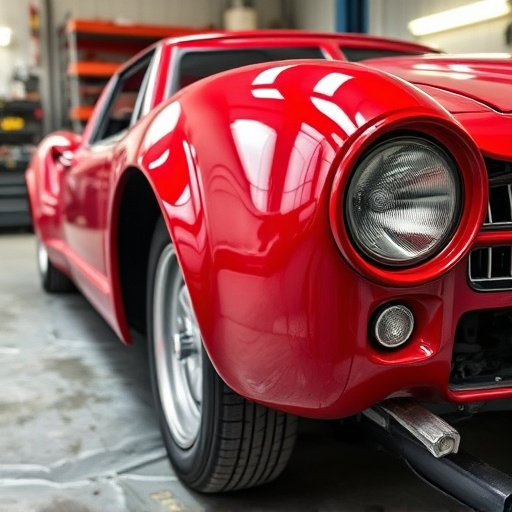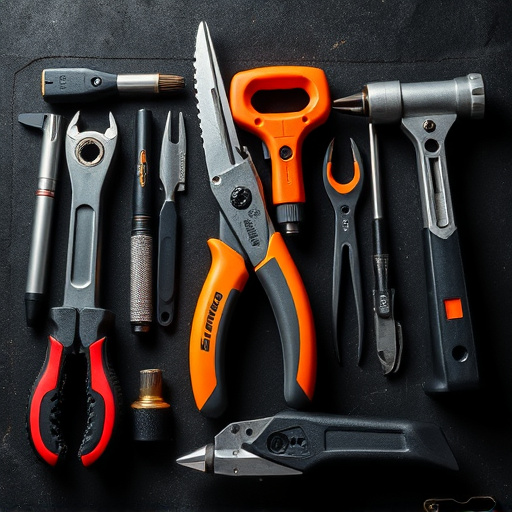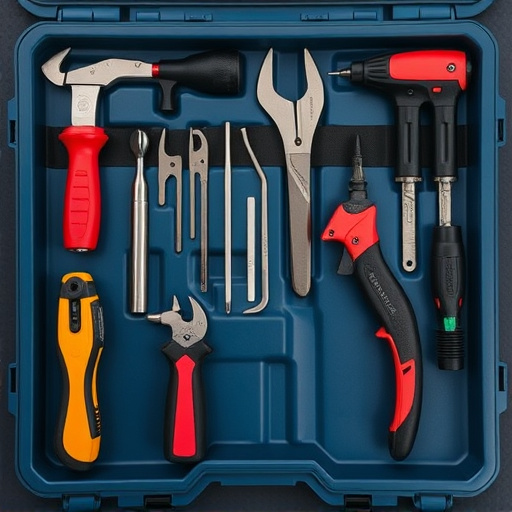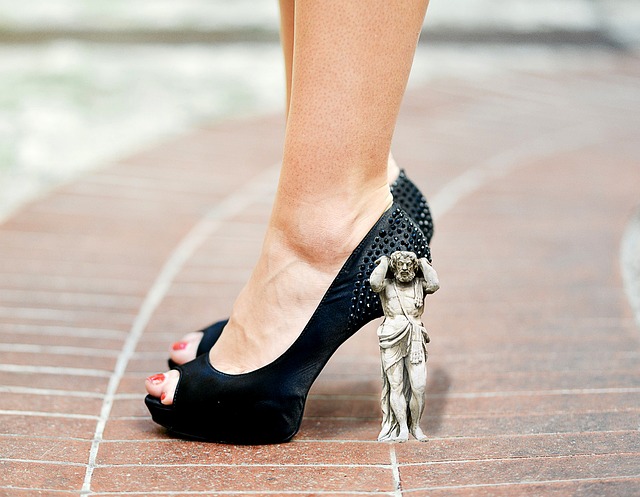Replacing Mercedes LED exterior lighting after a collision requires care and expertise. Inspect components for damage, use diagnostic tools, and source genuine parts. Ensure correct installation, alignment, and secure fastening to maintain optimal light output, safety, and vehicle aesthetics. Regularly check for loose connections or damage.
Looking to restore your Mercedes’ dazzling glow? Discover everything you need to know about replacing damaged Mercedes LED exterior lighting. This comprehensive guide breaks down the intricacies of these advanced systems, guides you through assessing and replacing faulty components, and offers expert tips for ensuring optimal performance and safety after your upgrade. Elevate your Mercedes’ nighttime visibility and presence with this essential read.
- Understanding Mercedes LED Exterior Lighting Systems
- Assessing Damage and Replacing Defected Components
- Installation Tips for Optimal Performance and Safety
Understanding Mercedes LED Exterior Lighting Systems
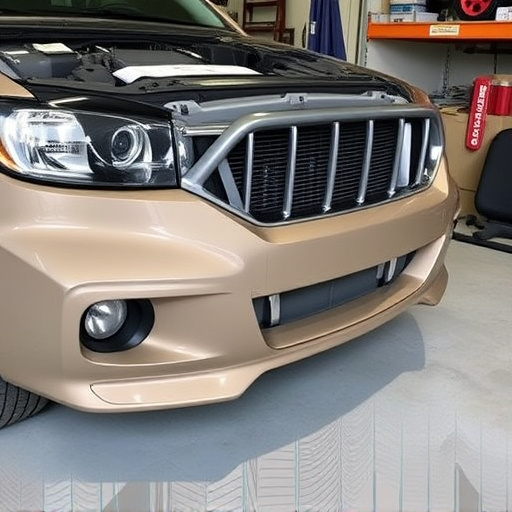
Mercedes LED exterior lighting systems are renowned for their sleek design and superior performance. These advanced lights offer enhanced visibility and a stylish appeal that sets Mercedes-Benz apart. Each LED bulb is engineered to provide high luminosity and longevity, ensuring optimal illumination of the vehicle’s surroundings. The system typically includes headlights, taillights, and turn signals, all integrated into a cohesive unit.
Understanding how these systems function is crucial when considering mercedes benz repair after collision damage. Automotive body work experts must meticulously inspect and replace any damaged or malfunctioning LEDs to restore the vehicle’s safety and aesthetic appeal. In cases of collision damage repair, it’s essential to source genuine Mercedes LED components to maintain the integrity of the original equipment, ensuring a seamless fit and optimal light output.
Assessing Damage and Replacing Defected Components

When assessing Mercedes LED exterior lighting damaged during a collision or accident, it’s crucial to identify each defective component for effective replacement. Start by inspecting the lights for cracks, breaks, or dislodged parts. These could be indicators of severe damage that may require professional intervention. Use a reliable diagnostic tool to check for any underlying electrical issues or short circuits caused by the impact. Once identified, remove the damaged parts and procure high-quality replacements from trusted automotive suppliers.
For a successful vehicle restoration, ensure compatibility with your Mercedes model year and type. Consider seeking advice from experienced mechanics or specialists in collision repair to avoid installation errors. Proper replacement ensures optimal light output, safety, and aesthetic appeal for your vehicle.
Installation Tips for Optimal Performance and Safety
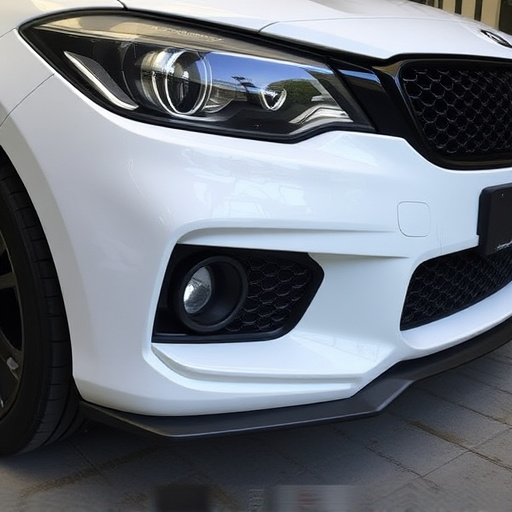
When replacing Mercedes LED exterior lighting, proper installation is key to ensuring optimal performance and enhancing safety on the road. Start by gathering all necessary tools and parts, including the new LED lights, screws, washers, and any required adaptors or connectors. Take your time to locate the damaged light units, often found at the front and rear of the vehicle. Remove the old bulbs carefully, ensuring no damage to the housing during the process.
Before installing the new LEDs, double-check that all components are compatible with your Mercedes model. Proper alignment is crucial for both functionality and aesthetics. Use a level to ensure the lights are correctly positioned and secure them firmly in place with the appropriate fasteners. Regularly inspect your Mercedes LED exterior lighting for any signs of loose connections or damage, as these can impact performance and safety features such as turn signals and brake lights.
Mercedes LED exterior lighting is a sophisticated feature that enhances both safety and style. By understanding your vehicle’s specific system, assessing damage thoroughly, and following expert installation tips, you can ensure optimal performance and safety. Regular maintenance and prompt replacement of defective components are key to preserving the integrity and functionality of this modern automotive innovation.

